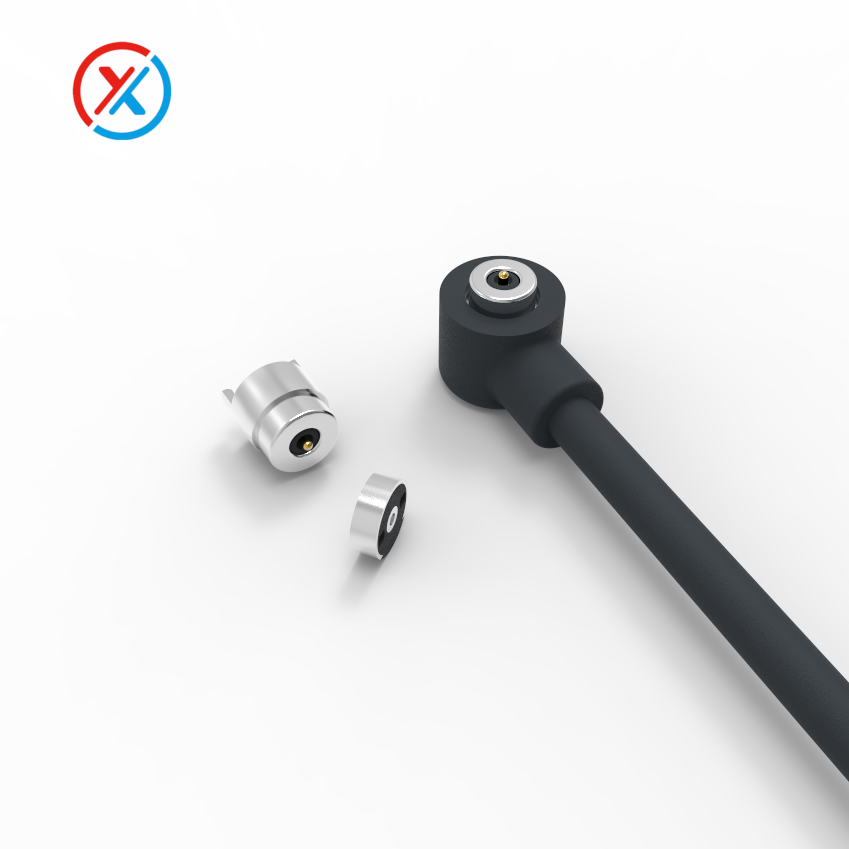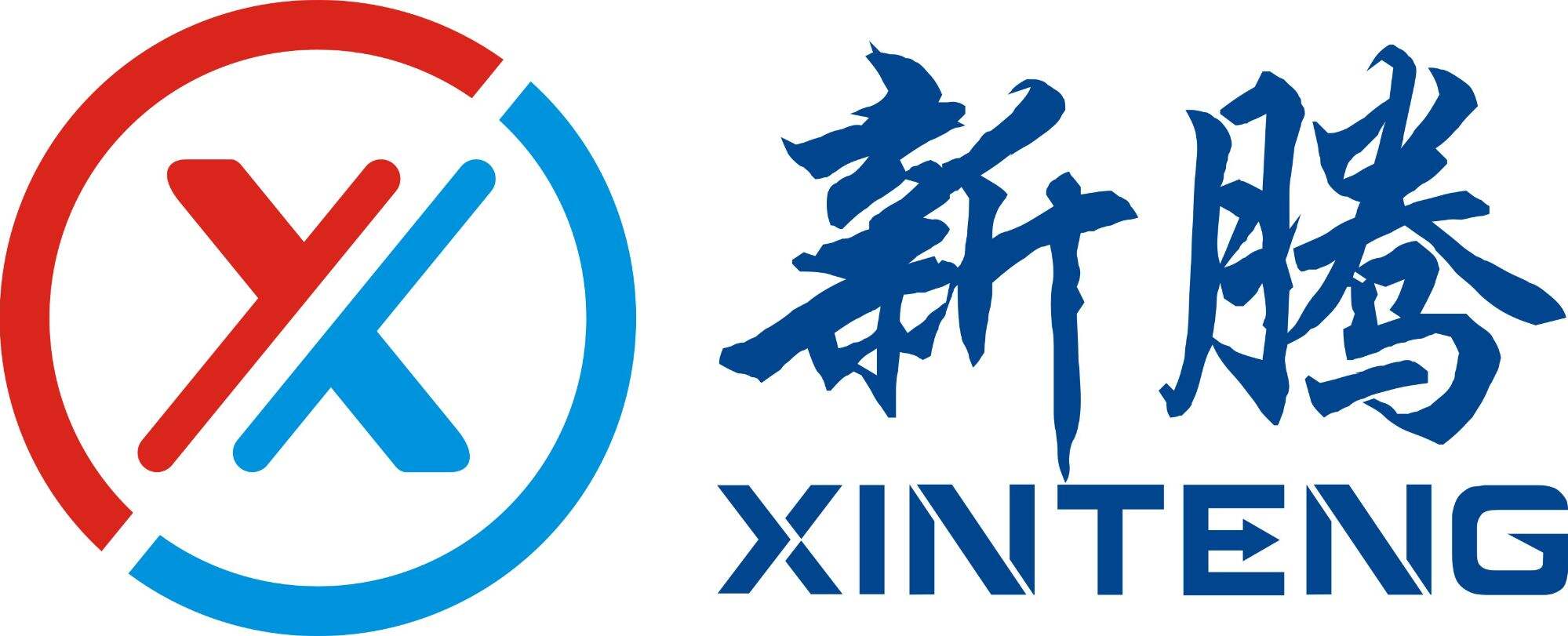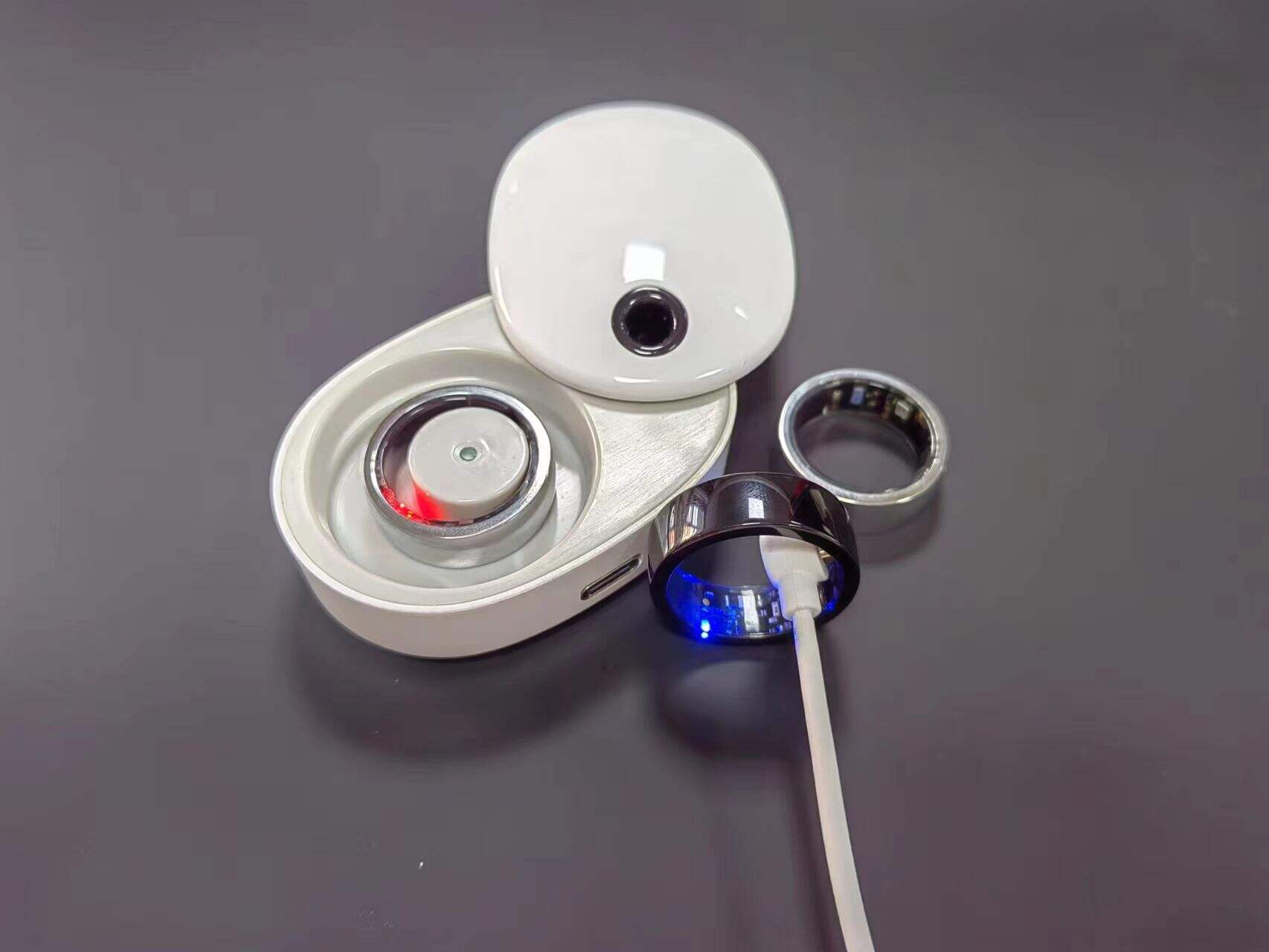How to Select Magnetic Data Cable for High-Speed Transfer?
How to Select Magnetic Data Cable for High-Speed Transfer
Understand Data Transfer Standards
- USB 2.0: This older standard offers transfer speeds up to 480 Mbps (megabits per second), which is slow for large files like videos or backups. Magnetic data cables labeled “USB 2.0” are suitable for basic tasks like charging small devices but not for high-speed data transfer.
- USB 3.0/3.1 Gen 1: Supports speeds up to 5 Gbps, significantly faster than USB 2.0. This is ideal for transferring photos, music, or moderate-sized files. Look for cables marked “USB 3.0” or “SuperSpeed USB” for this performance.
- USB 3.1 Gen 2: Boosts speeds to 10 Gbps, making it suitable for large files, external hard drives, or 4K video transfers. Cables supporting this standard are labeled “USB 3.1 Gen 2” or “SuperSpeed USB 10 Gbps.”
- USB 3.2 Gen 2x2: Reaches speeds up to 20 Gbps by using two data lanes. This is perfect for high-performance devices like external SSDs or professional cameras.
- Thunderbolt 3/4: Though less common in magnetic cables, Thunderbolt standards offer speeds up to 40 Gbps, supporting fast data transfer and power delivery. They are compatible with USB-C but require specific hardware support.
Check Cable Construction and Materials
- Conductor Material: High-speed magnetic data cables use copper conductors, which are excellent for transmitting data. Oxygen-free copper (OFC) or tinned copper offers better conductivity and reduces signal loss, ensuring faster, more stable transfers. Avoid cables with aluminum conductors, as they have higher resistance and slower speeds.
- Conductor Gauge: The thickness of the conductors (measured in AWG, or American Wire Gauge) matters. Smaller AWG numbers mean thicker conductors. For data transfer, 24–28 AWG is standard, but thicker conductors (like 22 AWG) can handle higher speeds and reduce resistance over longer lengths.
- Shielding: To prevent interference from other electronics (like Wi-Fi routers or power cables), high-quality magnetic data cables include shielding. Options like braided shielding (metal wires woven around conductors) or foil shielding (aluminum layer) block electromagnetic interference (EMI) and radio frequency interference (RFI), keeping data signals strong and stable. Unshielded cables are prone to signal loss, slowing down transfers.
- Outer Jacket: The cable’s outer layer should be durable and flexible. Materials like TPE (thermoplastic elastomer) or nylon braiding resist bending, twisting, and wear, extending the cable’s lifespan. A strong jacket also protects internal components from damage, which can disrupt data flow.

Verify Connector Compatibility and Design
- Connector Types: The most common connectors for high-speed transfer are USB-C (universal and widely used in smartphones, laptops, and tablets) and USB-A (traditional rectangular ports found on computers and chargers). Some magnetic cables have USB-C on one end and USB-A on the other, while others are USB-C to USB-C for newer devices. Ensure the cable’s connectors match your devices—for example, a USB-C magnetic data cable is needed for a laptop with USB-C ports.
- Magnetic Connector Quality: The magnetic tips (the detachable part that connects to your device) must fit securely. Loose magnetic connections can cause intermittent data loss or slow speeds. Look for cables with strong magnets that create a firm, stable connection without excessive force. The magnetic tips should also align correctly to avoid bending or damaging device ports.
- Reversible Design: Many modern magnetic data cables (especially USB-C) are reversible, meaning they can be inserted in either direction. This adds convenience but doesn’t affect speed—just ensure the connector itself supports high-speed standards.
Consider Cable Length and Signal Loss
- Short to Medium Lengths: For high-speed transfer, cables 1–2 meters (3–6 feet) long are ideal. At this length, signal loss is minimal, and the cable can maintain maximum speeds supported by its standard (e.g., 10 Gbps for USB 3.1 Gen 2).
- Longer Cables: Cables over 2 meters may experience signal degradation, especially with USB 3.0 and higher standards. If you need a longer magnetic data cable, look for models with built-in signal boosters or active repeaters, which amplify the data signal to maintain speed over distance. Avoid cheap long cables without these features, as they will likely slow down transfers.
Evaluate Power Delivery (If Needed)
- Power Output: Check the cable’s maximum power output (measured in watts). For example, a cable supporting 60W PD can fast-charge laptops and smartphones, while 100W PD works for larger devices like gaming laptops. Ensure the cable’s power rating matches your device’s charging needs, but remember: high power delivery doesn’t guarantee high data speed—verify the transfer standard separately.
- Data + Charging: Some magnetic cables focus only on charging and have limited or no data transfer capabilities. Always confirm that the cable explicitly supports data transfer, not just charging. Look for terms like “data sync and charge” in the product description.
Check Brand Reputation and Reviews
- Trusted Brands: Brands known for quality cables, like Anker, Belkin, or Aukey, often provide accurate specifications and rigorous testing. They are more likely to deliver on claims of high-speed transfer.
- User Reviews: Read reviews from other buyers to check real-world performance. Look for comments on data transfer speed, durability, and connection stability. If multiple reviews mention slow speeds or loose magnetic connections, avoid that cable.
- Warranty: A good warranty (1–2 years or more) indicates the manufacturer stands behind their product. Cables with no warranty or short-term coverage may be lower quality.
FAQ
What’s the difference between a magnetic data cable and a regular data cable?
Can a magnetic data cable really support 10 Gbps or higher speeds?
Why is my magnetic data cable slow even though it’s labeled “USB 3.0”?
Do magnetic connectors affect data transfer speed?
How long should a high-speed magnetic data cable last?
Hot News
-
Challenges for Pogo pin manufacturers in the AI era
2023-12-14
-
Teach you how to understand Pogo pin spline structure
2023-12-14
-
What products can Pogo pin be used in?
2023-12-14
-
How to choose Pogo pin connector
2023-12-14

 EN
EN
 AR
AR
 BG
BG
 HR
HR
 CS
CS
 DA
DA
 NL
NL
 FI
FI
 FR
FR
 DE
DE
 EL
EL
 HI
HI
 IT
IT
 JA
JA
 KO
KO
 PL
PL
 PT
PT
 RU
RU
 ES
ES
 SV
SV
 TL
TL
 IW
IW
 ID
ID
 LV
LV
 SR
SR
 UK
UK
 VI
VI
 GL
GL
 HU
HU
 TH
TH
 TR
TR
 AF
AF
 MS
MS
 SW
SW
 GA
GA
 CY
CY
 IS
IS
 BN
BN
 BS
BS
 NE
NE





